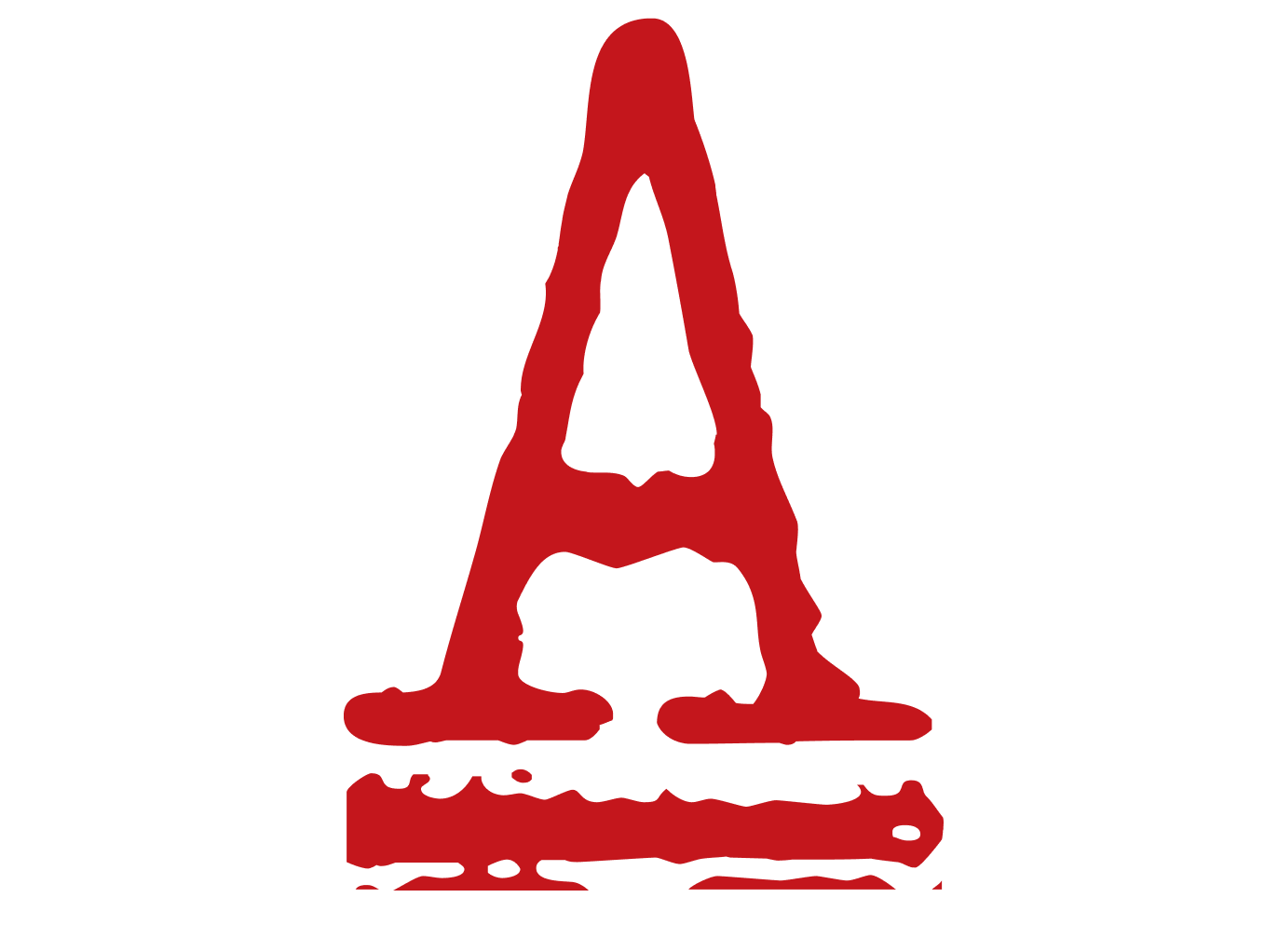Yes! Magazine, November 11, 2024
“We heard there are some antifa over here!”
The shout came from a group of Proud Boys, a far-right street gang, while they approached a picket line organized by the Industrial Workers of the World (IWW) in September 2018. While the IWW, a radical labor union that unionized a fast-food chain in Portland, Oregon, and Washington State, is certainly anti-fascist, this was a union action—not an “antifa” protest. But those facts mattered little to the right-wing agitators who had made Portland a flash point in political violence. As the Proud Boys sought to instigate, one IWW member, Sinead Steiner, remembers union activists pivoting in an attempt to de-escalate.
IWW members engaged the Proud Boys in mundane discussions about labor law while other demonstrators began using silly chants to lower the emotional temperature. The method was effective, no one faced harm, and the union action continued. This was not the first time the far right had threatened the IWW, so members knew they needed to walk into any protest with a nimble plan that included employing some form of community self-defense.
As Donald Trump ascended to power in 2016, there was dramatic growth in hate crimes as well as far-right and racist groups such as the Proud Boys, Oath Keepers and militias, and other neo-Nazi formations. They stormed U.S. cities, often holding rallies intended to provoke counterprotesters whom they could attack. As a result, there was a rise in left-wing formations, including the John Brown Gun Club and the Socialist Rifle Association, that say armed community self-defense may be a necessary component of safety, which in this case means protecting activists from racist militants.
The threats that the far right presented to Portland’s left—along with the historical repression of unions by racist foot soldiers—are why unionists were prepared in Portland that afternoon. In the 1910s and ’20s, IWW members, who were called “Wobblies,” invited coal miners and others to join “industrial unions” to win power by organizing as many workers as possible. Meanwhile, mine owners hired “Pinkertons,” private security contractors whose job was to disrupt strikes with force in the 19th and early 20th century.
The Ku Klux Klan, which, like later fascist groups, despised the anti-capitalist and multiracial implications of the IWW, also showed up to crush labor. In June 1924, members of the Ku Klux Klan attacked IWW members in San Pedro, California, injuring 300 members while kidnapping, tarring, and feathering others. To be a unionist, and a leftist, was to be a target.


